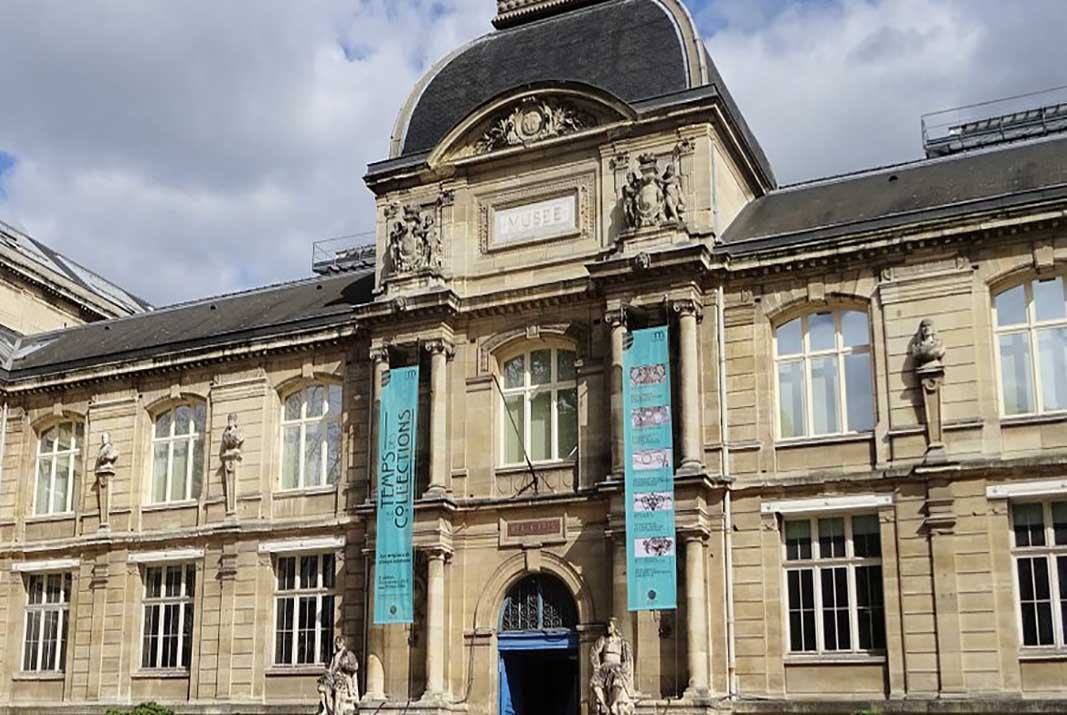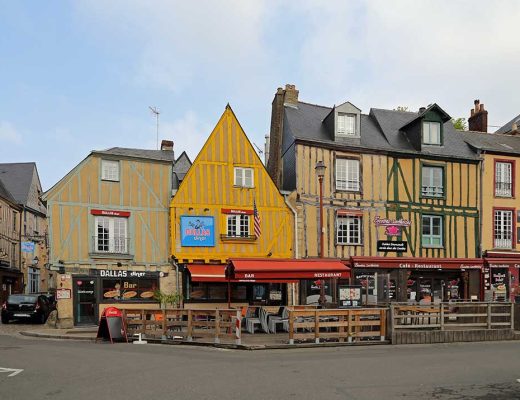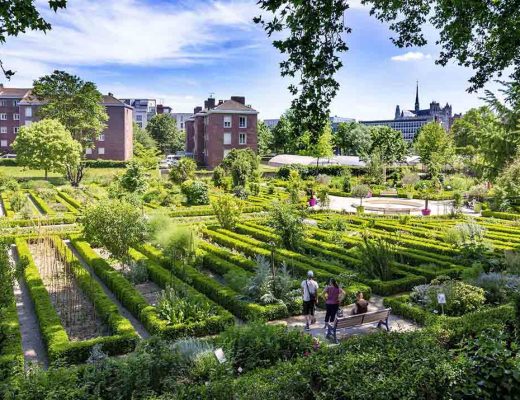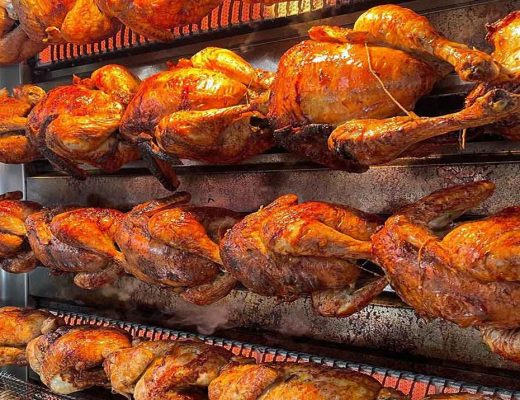When I first arrived in Rouen, I was already enchanted by its cobblestone streets, Gothic spires, and the hum of everyday French life. Yet, as much as the old town drew me in, I had been waiting for one particular experience: stepping into the Musée des Beaux-Arts de Rouen, the Fine Arts Museum of Rouen. I had read about its impressive collection, especially its ties to Impressionism, and being in Normandy—the very land that nurtured Monet and his contemporaries—made the visit feel even more like a pilgrimage.
A Museum at the Heart of Rouen
The Musée des Beaux-Arts de Rouen sits proudly on Esplanade Marcel-Duchamp, just a short stroll from the magnificent Rouen Cathedral, a landmark that dominates the city skyline. The approach to the museum is an experience in itself: leafy squares lined with cafés invite visitors to pause and soak in the atmosphere, and as I walked along the cobbled streets leading to the entrance, I noticed families, tourists, and students converging at this cultural hub. Its neoclassical façade, with elegant columns and a symmetrical frontage, carries a quiet dignity. At first glance, it doesn’t scream “home to some of the world’s most treasured paintings,” but stepping closer, I could sense the promise of history and artistry within.
Climbing the broad stone steps, I felt a small thrill of anticipation, the kind that comes when you know something extraordinary awaits. The wide glass doors opened to an airy, sunlit interior. Immediately, I was struck by how spacious and luminous the galleries felt. The museum’s design seems purpose-built to honor the Impressionists’ fascination with light. Natural sunlight streams through skylights and large windows, casting a soft glow that makes the colors in the paintings almost dance. The air carries a quiet hum: footsteps on polished floors, hushed conversations in different languages, and the faint smell of aged wood and canvas.
The museum’s layout is inviting rather than intimidating. Wide corridors branch off into galleries, each dedicated to a different era or school. From the Renaissance masters to the 20th-century avant-garde, the collection spans centuries, creating a rich visual narrative of European art history. As I wandered, I noticed plaques and descriptions that not only identified the artist and date but also offered context about the historical and cultural background of each work. This added a layer of depth that made the experience feel immersive rather than merely observational.
- Location: Esplanade Marcel-Duchamp, 76000 Rouen, France
- Entrance fee: Free for the permanent collection; temporary exhibitions usually cost €5–€10.
- Best booking platforms: GetYourGuide, Tiqets, and the museum’s official site often list special exhibitions.
- Opening hours: Tuesday to Sunday, 10:00 am to 6:00 pm. Closed Mondays and some holidays.
The museum also offers practical amenities that make long visits comfortable. Benches are strategically placed in front of larger paintings, allowing visitors to sit and truly absorb the details. I found myself lingering longer than planned in certain rooms, particularly those bathed in natural light. Small cafés within the museum provide a welcome break, where one can sip coffee while still surrounded by art. For those interested, audio guides and guided tours are available, and I made a mental note to return with a guide to learn more about some of the less familiar pieces on display.
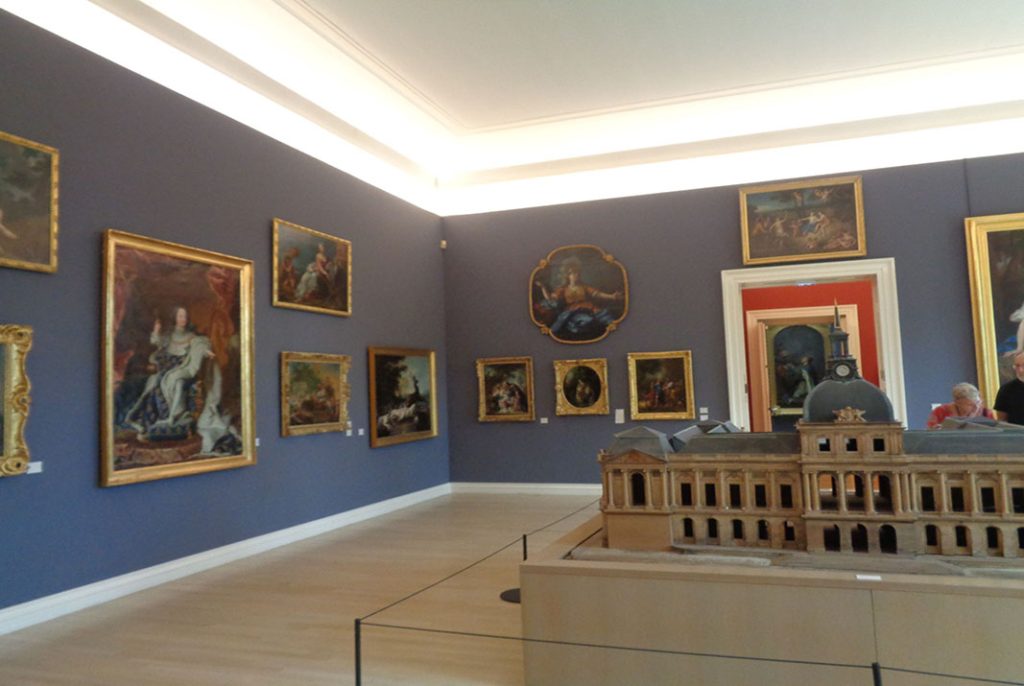
First Impressions: Standing Among the Masters
Entering the Impressionist section felt like crossing a threshold into another world. The walls came alive with works by Claude Monet, Alfred Sisley, and Camille Pissarro—artists who transformed everyday scenes into luminous, breathing canvases. What struck me immediately was the sense of movement in the paintings: the way Monet captured the changing light on the Rouen Cathedral made it feel almost alive, shimmering as if the stone itself were breathing in the afternoon sun.
I lingered in front of Monet’s cathedral series, utterly captivated. Seeing the actual cathedral just a few blocks away, bathed in sunlight, allowed me to connect the paintings with reality in a way that felt intimate and magical. The brushstrokes, so precise yet so fluid, conveyed a sense of impermanence—the fleeting moment that Impressionism so passionately sought to capture. Around me, other visitors were equally enchanted: some whispered softly in awe, others leaned in to examine the texture of the paint. A child nearby exclaimed, “It looks alive!” and I couldn’t help but smile, agreeing silently with the sentiment.
Even beyond Monet, the collection of Sisley and Pissarro offered equally mesmerizing insights. Sisley’s river scenes captured the gentle, glimmering reflections of Normandy’s waterways, while Pissarro’s countryside vistas felt tender and serene, as if I could step right into the landscape. This section of the museum demonstrated that Impressionism is not merely a style—it is a philosophy of seeing, a way of experiencing life itself.
As I walked through these galleries, I realized the museum does more than display art; it cultivates an emotional connection between viewer, painting, and place. Every corner offered a new perspective, every brushstroke a whisper of the artist’s vision, and I left the room with a lingering sense of awe, ready to explore even more of Rouen’s cultural treasures.help but agree.
Highlights of the Collection
The museum is not just about Impressionism, though it is its most famous draw. Its range surprised me and held me captive for hours.
- Claude Monet’s Rouen Cathedral Series: To stand in Rouen and gaze at these paintings is like seeing the city through Monet’s eyes. The changing light, the shifting moods, the play of color—all of it reflects his deep obsession with capturing a single subject under countless conditions.
- Camille Pissarro’s Landscapes: Pissarro’s rural Normandy scenes felt like windows into the countryside. His softer palette and attention to daily life gave a comforting warmth.
- Alfred Sisley’s River Views: Sisley’s work is full of gentle blues and greens, and I felt as if I could hear the flow of the Seine in his brushstrokes.
- Old Masters Collection: Beyond Impressionism, the museum houses works by Caravaggio, Velázquez, and Veronese. The dramatic contrasts and classical techniques provided a striking counterpoint to the luminous freedom of the Impressionists.
- Modern and Contemporary Works: Sculptures, drawings, and more recent works fill out the collection, reminding me that the story of art doesn’t end but continually evolves.
Practical Tips for Visiting
My visit taught me that enjoying the museum requires a little planning.
- Timing: Go in the morning to avoid crowds, especially in peak tourist seasons. March and October tend to be quieter months.
- Guided tours: Audio guides are available for around €5, but I recommend guided tours that can be booked through GetYourGuide. The stories they tell bring the art alive in new ways.
- Accessibility: The museum is spacious, with elevators and wide walkways, making it friendly for all visitors.
- Photography: Non-flash photography is usually permitted, but always check the signage in each gallery.
Dining Near the Museum
After immersing myself in so much art, I needed to rest and refuel. Luckily, Rouen’s old town surrounds the museum with charming eateries.
- Le Café Hamlet (Place des Carmes): A casual spot just minutes away, serving excellent café crème and light lunches. I sat outside, sketchbook in hand, still buzzing from Monet’s brushstrokes.
- La Petite Auberge (Rue Armand Carrel): A cozy restaurant serving classic Normandy dishes like duck with apples. Reservations via TheFork are recommended.
- Gill (Quai de la Bourse): For fine dining by the Seine, Gill offers Michelin-starred experiences where art meets cuisine. It’s pricier (€100+ per person), but unforgettable.
For booking dining experiences, I leaned on TheFork (LaFourchette) for restaurant reservations, especially for popular dinner hours.
Nearby Attractions Within Walking Distance
Exploring the museum doesn’t have to be the end of your day. Rouen’s old town is compact, and several remarkable sites are just steps away.
- Rouen Cathedral (Place de la Cathédrale): Only a five-minute walk, the cathedral dominates the skyline. Visiting the cathedral after seeing Monet’s interpretations made me notice details I might have otherwise missed. Entry is free.
- Le Gros-Horloge (Rue du Gros-Horloge): This ornate astronomical clock is less than ten minutes away. Its golden face sparkled in the afternoon sun when I strolled under its arch.
- Place du Vieux-Marché: A short walk west, this historic square marks the site of Joan of Arc’s execution. The modern church dedicated to her is as striking as the history it commemorates.
- Rue Eau de Robec: A charming pedestrian street lined with half-timbered houses, perfect for photographs and quiet walks.
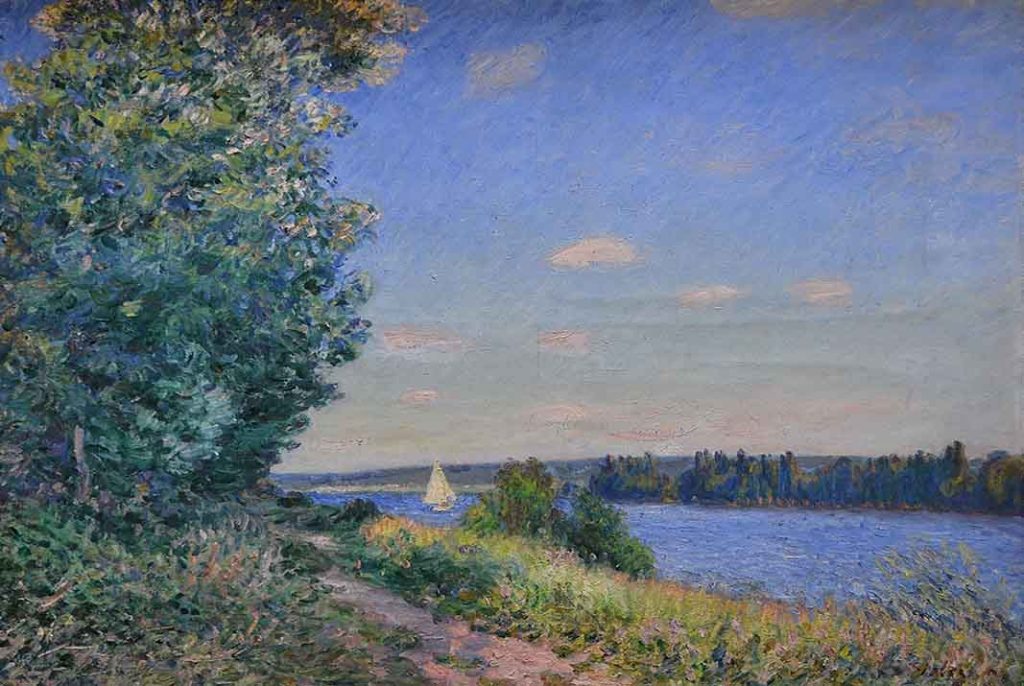
Booking Flights, Hotels, and Tickets
Planning my visit to Rouen was made easier with reliable booking platforms.
- Flights: I used Skyscanner and Google Flights to compare prices from Paris to regional airports. Most travelers fly into Paris Charles de Gaulle (CDG) or Orly, then take a train to Rouen.
- Train tickets: From Paris Saint-Lazare, direct trains to Rouen take about 1 hour 20 minutes. I booked mine on Trainline and Omio, which both have user-friendly apps.
- Hotels: I stayed near the old town, booking through Booking.com. For more local charm, Airbnb offered apartments with views of the cathedral.
- Museum tickets: For special exhibitions, I found GetYourGuide and Tiqets particularly helpful, especially since they allowed mobile entry and skip-the-line options.
✈️ Recommended platforms for France and Europe travel:
- Flights: Skyscanner, Google Flights
- Hotels: Booking.com, Airbnb
- Trains & buses: Omio, Trainline
- Tours & tickets: GetYourGuide, Tiqets
- Restaurants: TheFork (LaFourchette)
My Personal Reflections
Walking through the Musée des Beaux-Arts de Rouen, I felt as though I was in dialogue with history. Each painting wasn’t just an image—it was a story of light, of time, of the artist’s moment in Rouen. Seeing Monet’s Rouen Cathedral while the real cathedral stood just blocks away was like bridging centuries.
The museum is more than a collection of art. It’s a mirror of Normandy’s soul, capturing both its luminous skies and its turbulent history. When I finally stepped back outside, the evening light bathed Rouen in soft gold, and for a moment, the whole city felt like a painting.
